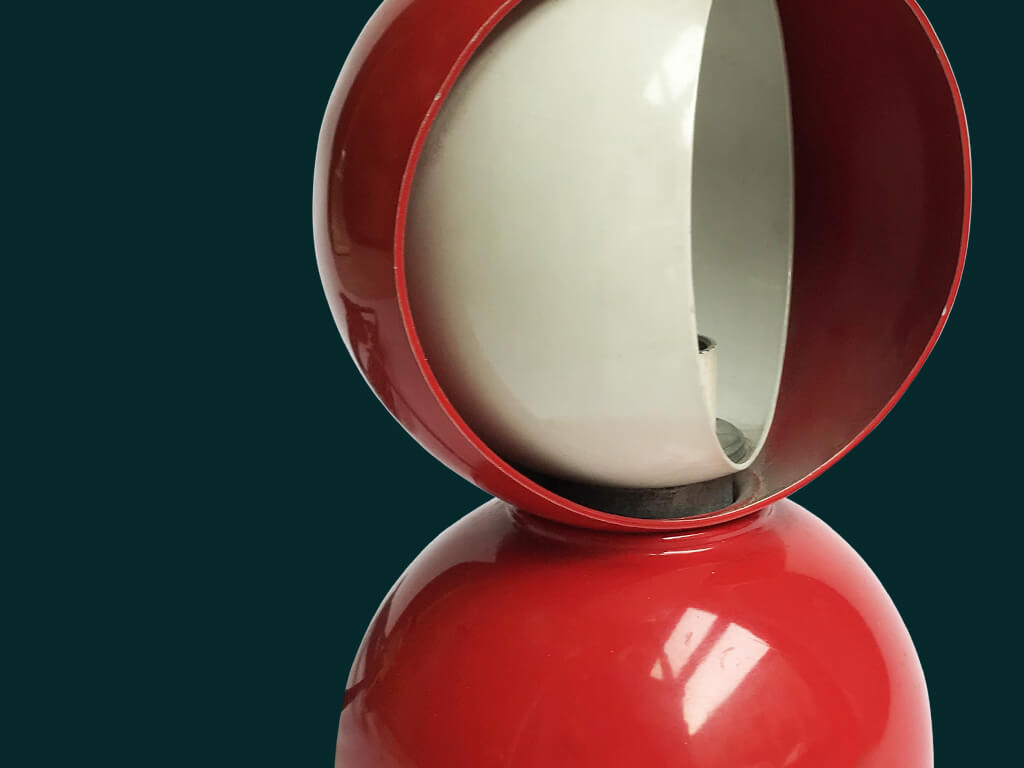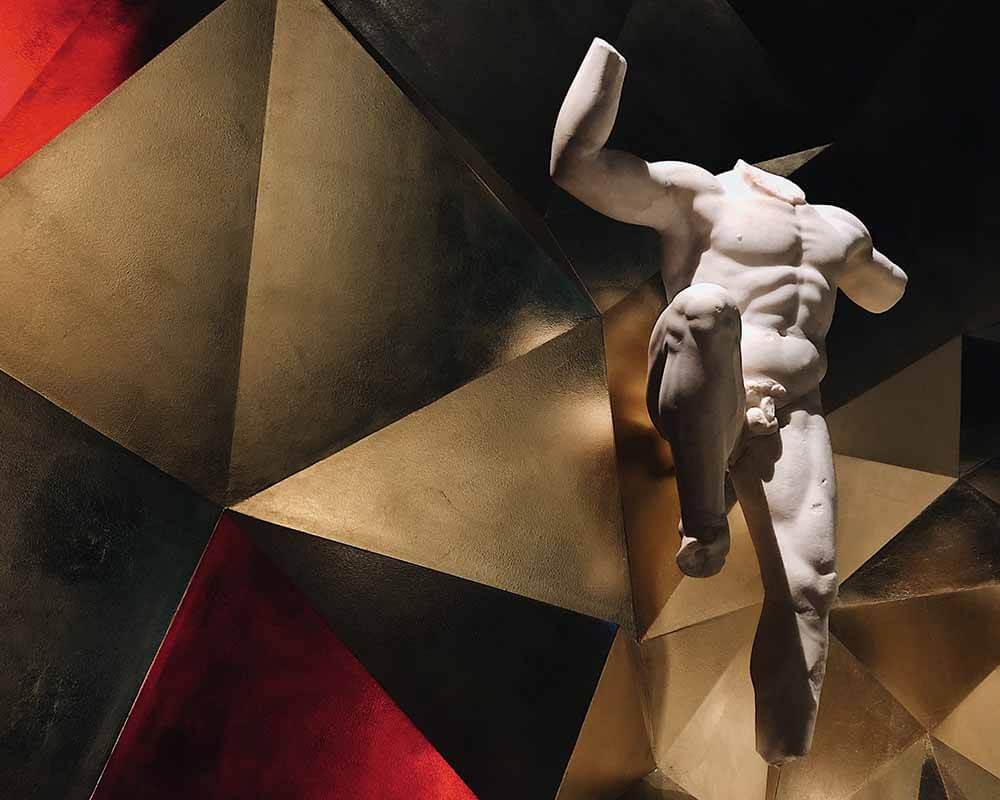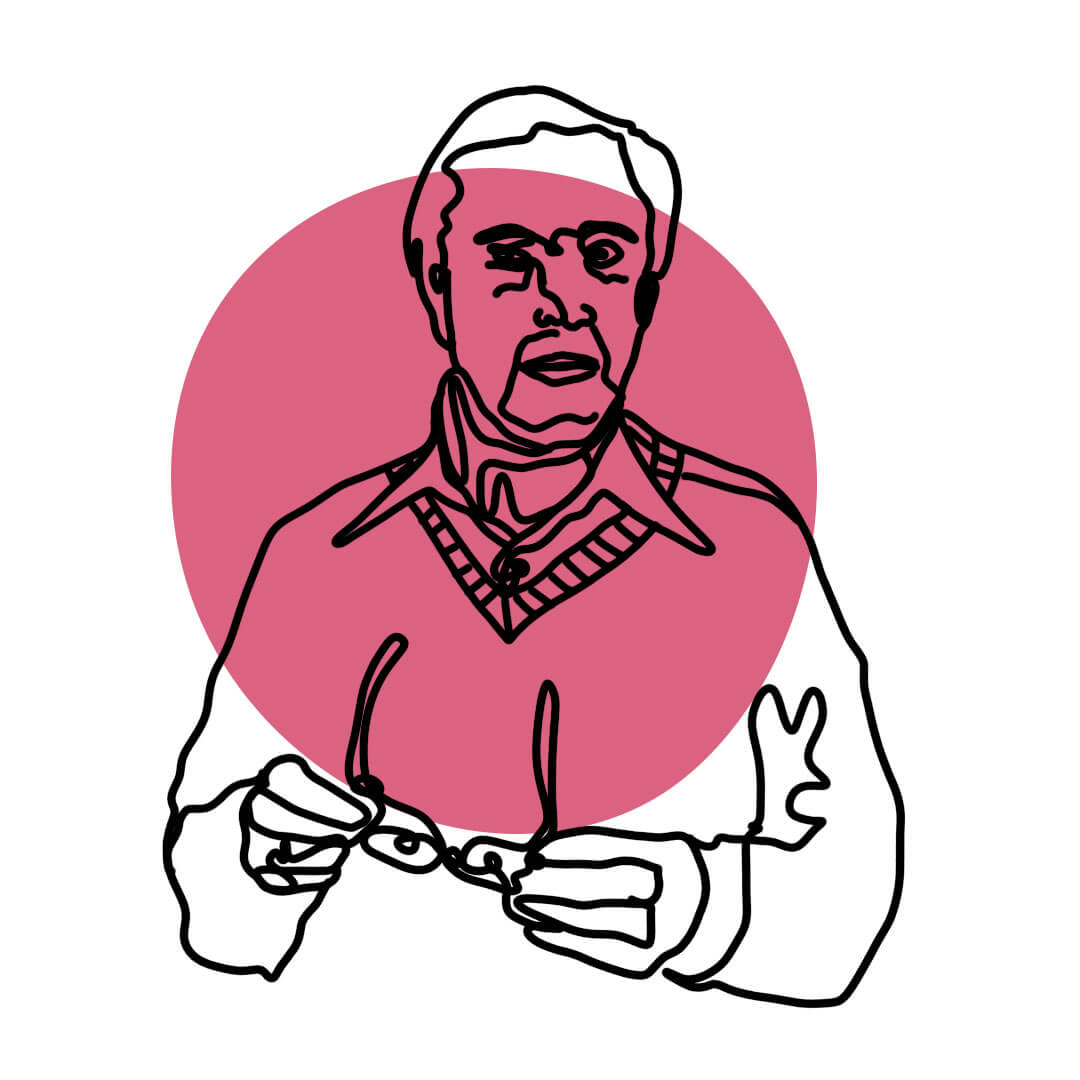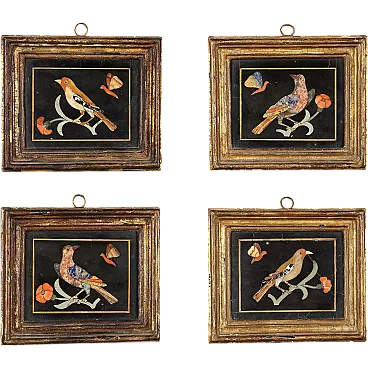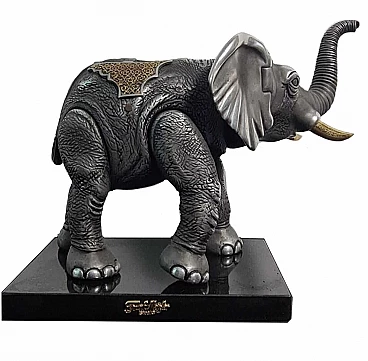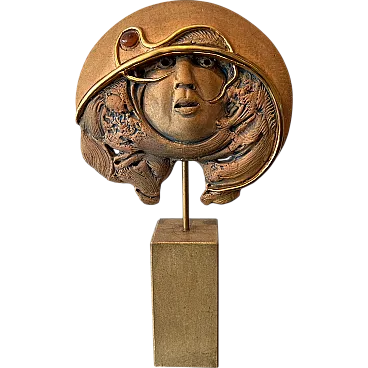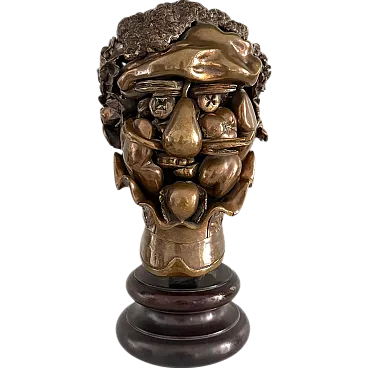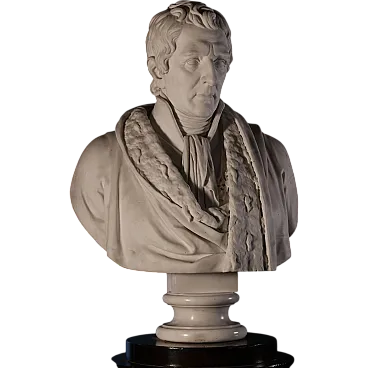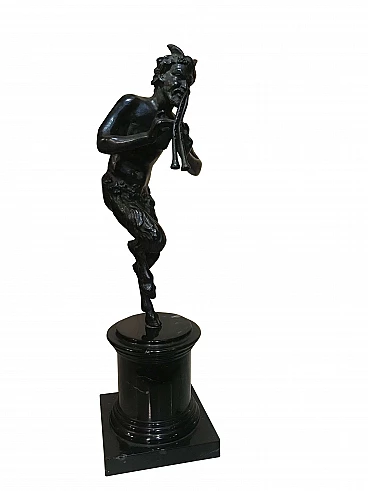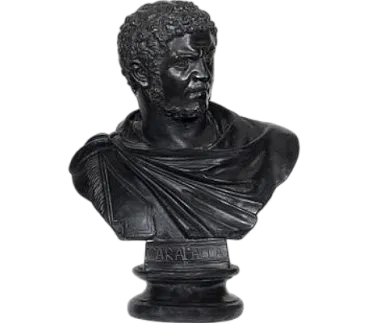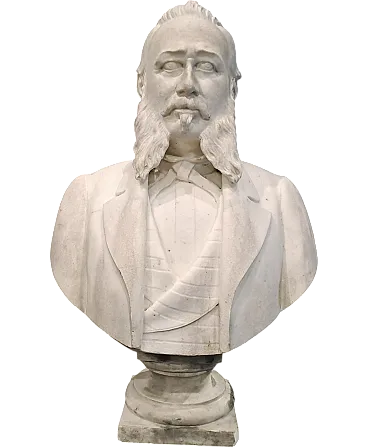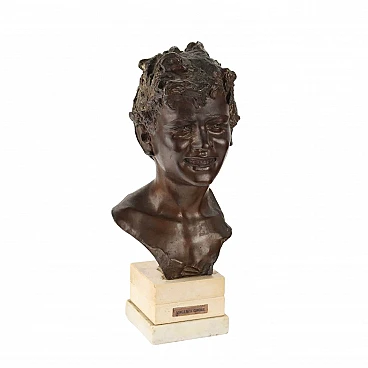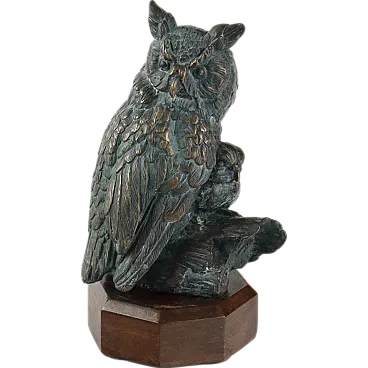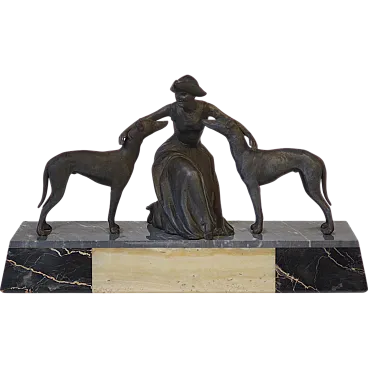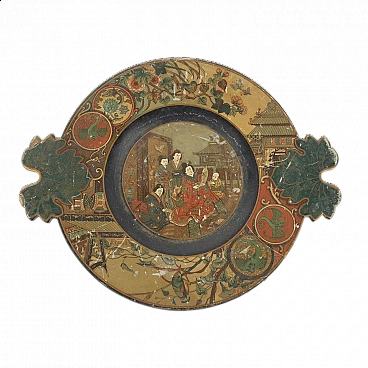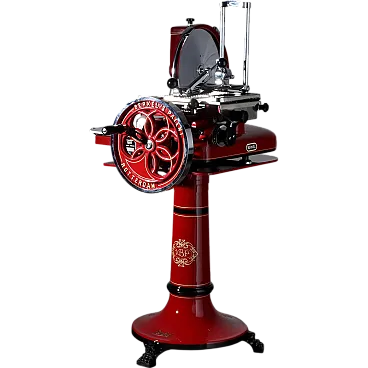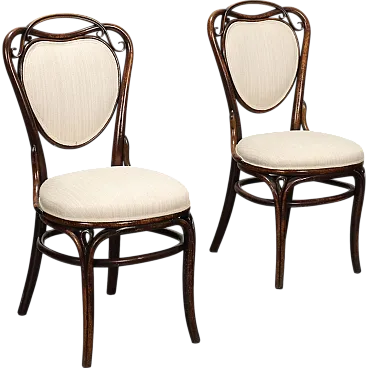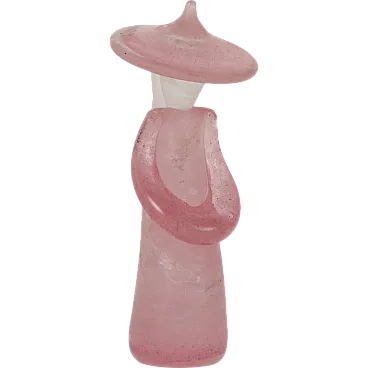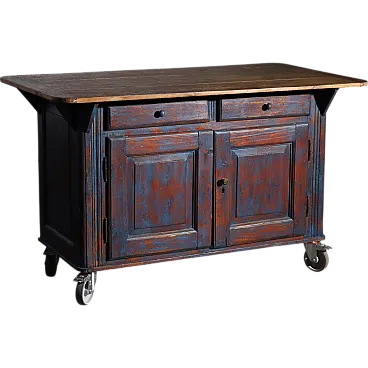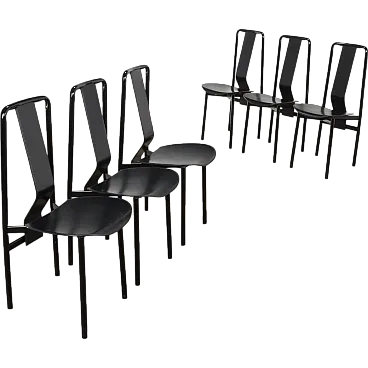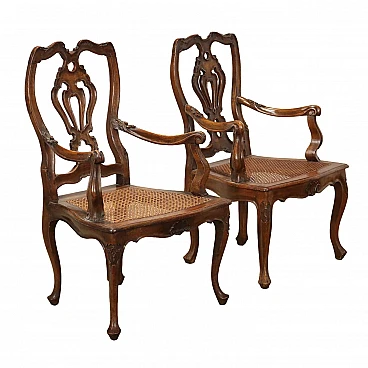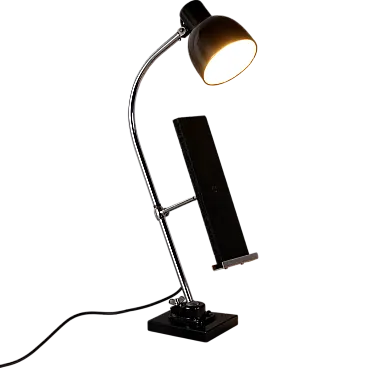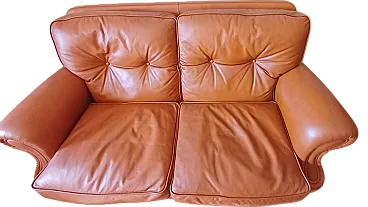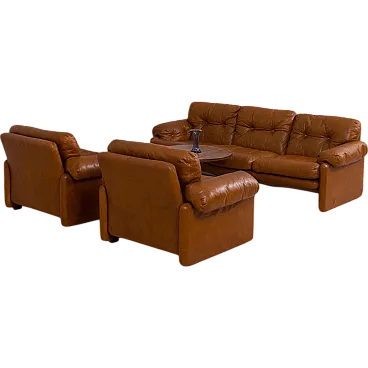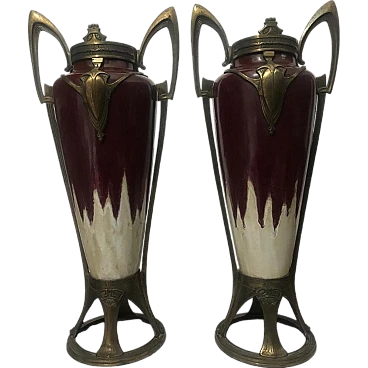The terracotta bust, placed on a colored marble corbel, represents a male character with his hair held in a tail by a ribbon and is dressed in a collarless tailcoat closed with toggles with applied tassels and embroidery along the edges, an undercoat with similar embroidery at the neck and a lace tie. The sculptor signs his signature on the back of the bust, indicating his full name, and proclaiming himself "contois" or native of Bourgogne Franche-Comté, a region located in the 25th Department of Doubs located in eastern France and also specifies his native country "Naisons" . On the back the author mistakenly writes both “contois” and “Naisons” instead of “comtois” and “Maisons”. Through this information we can trace the place indicated with Maisons-du-Bois-Lièvremont, a small village in Bourgogne Franche-Comté. Considering the little importance of the small village in which he was born in the 18th century, this writing should be interpreted as celebrating his origins, as he certainly had to operate in a more prestigious centre. The historical-artistic information regarding Claude Munier is equally mysterious. In an article published in “L'Intermédiaire des chercheurs et curieux” in 1908, Charles Oulmont (Mulhouse 1883 – Pontoise 1984), writer and famous French art collector of the 18th century whose works were donated to various French museum institutions such as the Musée des Beaux-Arts of Strasbourg, Mulhouse and Besançon, asks for information on this sculptor of whom it knows two terracotta busts: the first a "superbe buste de Voltaire" signed on the back "Munier decisit", and the second the portrait of a comedian, signed and dated on the basis “Claude Munier 1780” (Charles Oulmont, L'Intermédiaire des chercheurs et curieux, 30 March 1908, Paris, pp. 445-446.) Thanks to this information we are able to reconstruct a first corpus of this artist, although these two works are still unknown and therefore the terracotta portrait presented here is currently the only known work by Munier. Considering the important studies of the last decades on eighteenth-century French sculpture, the lack of knowledge of this figure may be due both to his origin from a small village in eastern France, and taking into consideration adverse events that may have compromised his life, leading him to an early death. In support of this possibility, it can be pointed out that the bust of the comedian, traced by Oulmont, also bore the same date - 1780 - as ours, further demonstrating how his activity must perhaps have taken place in just a few years.

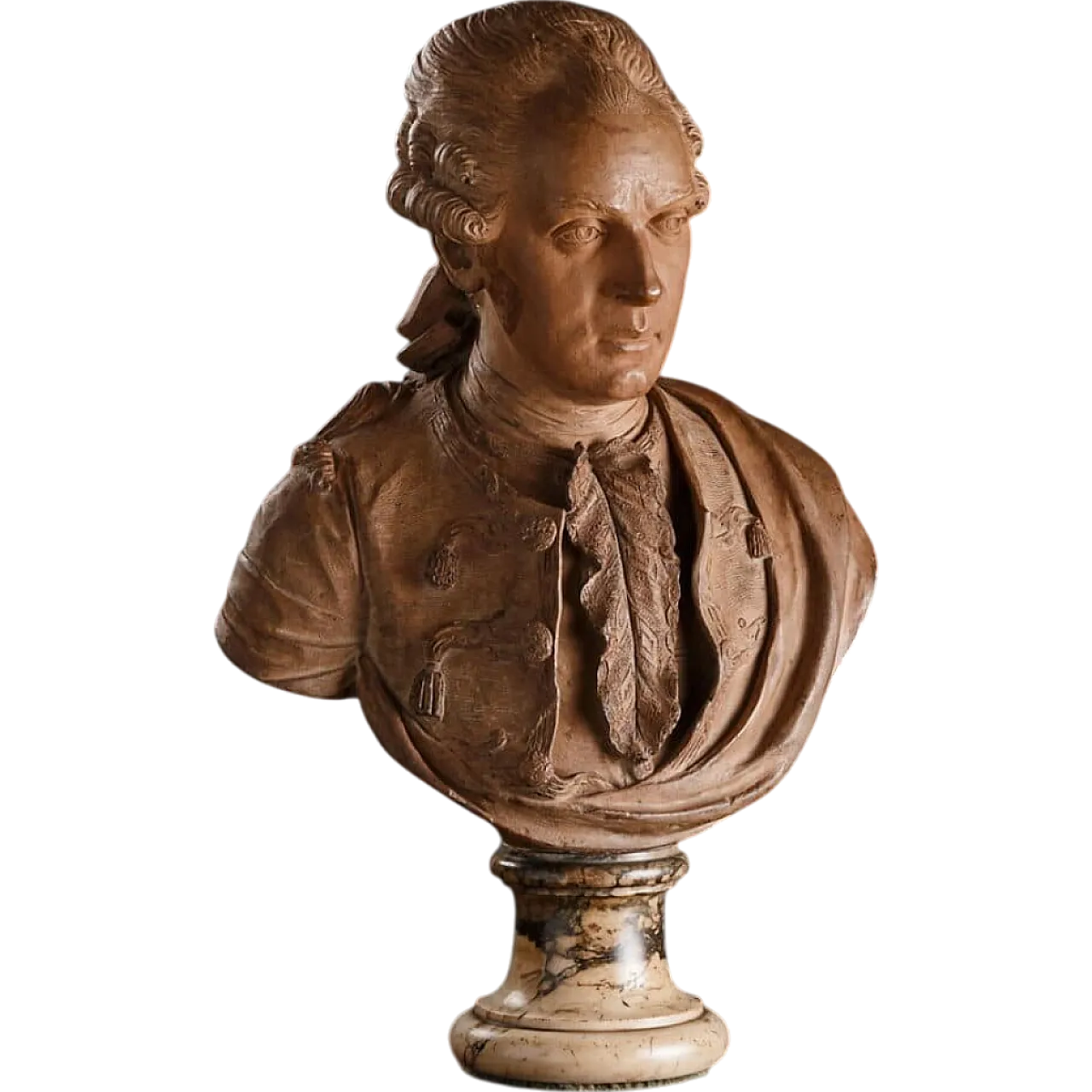
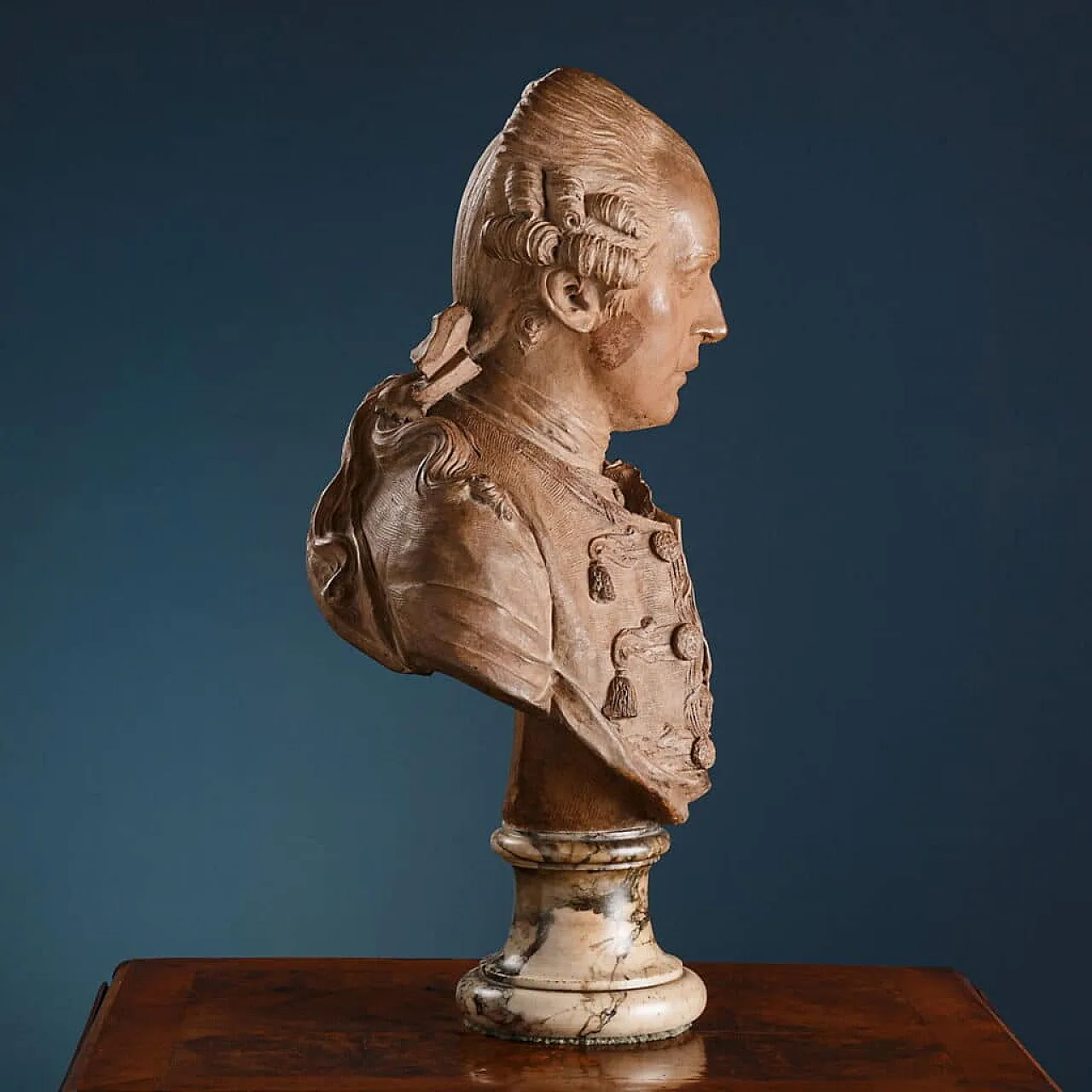
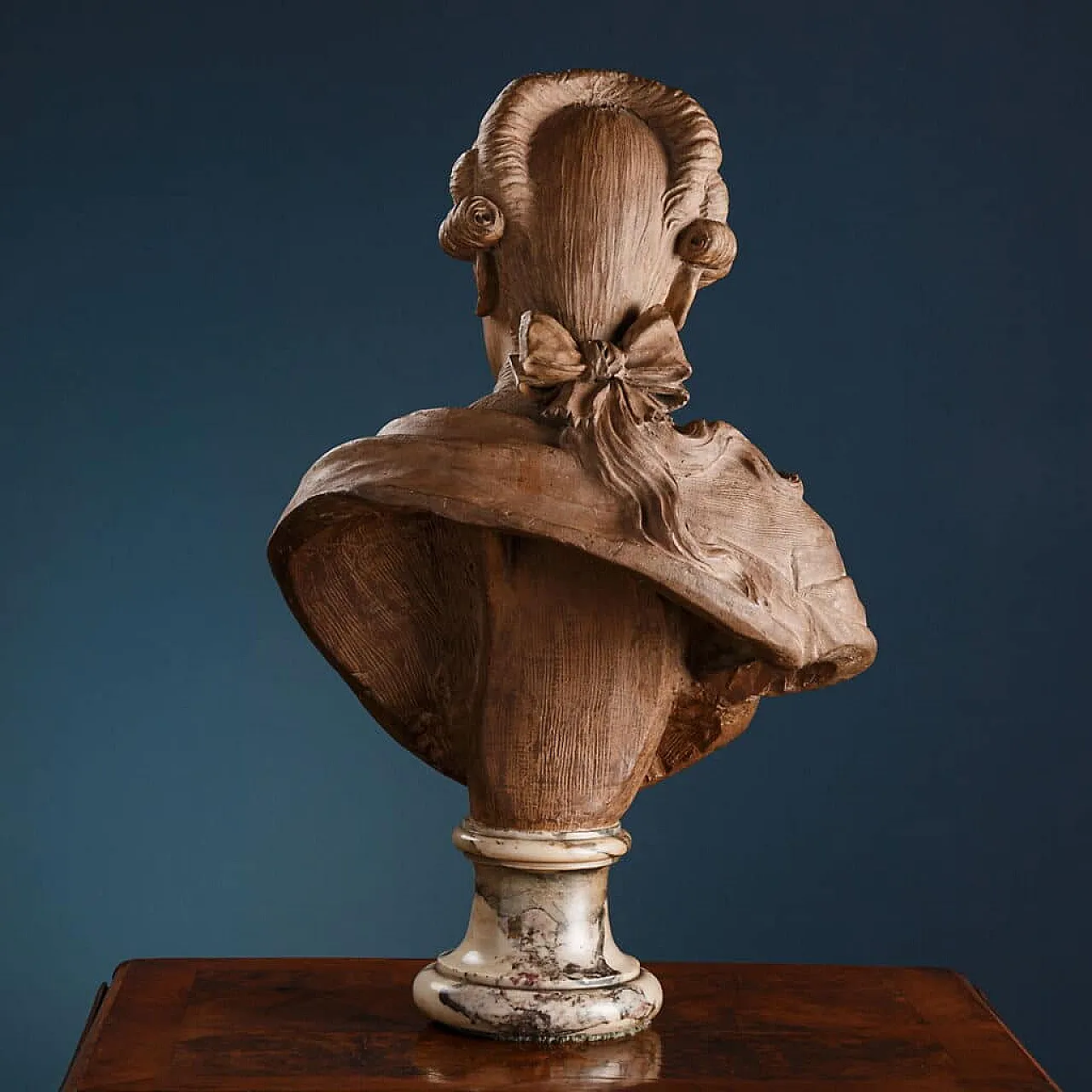
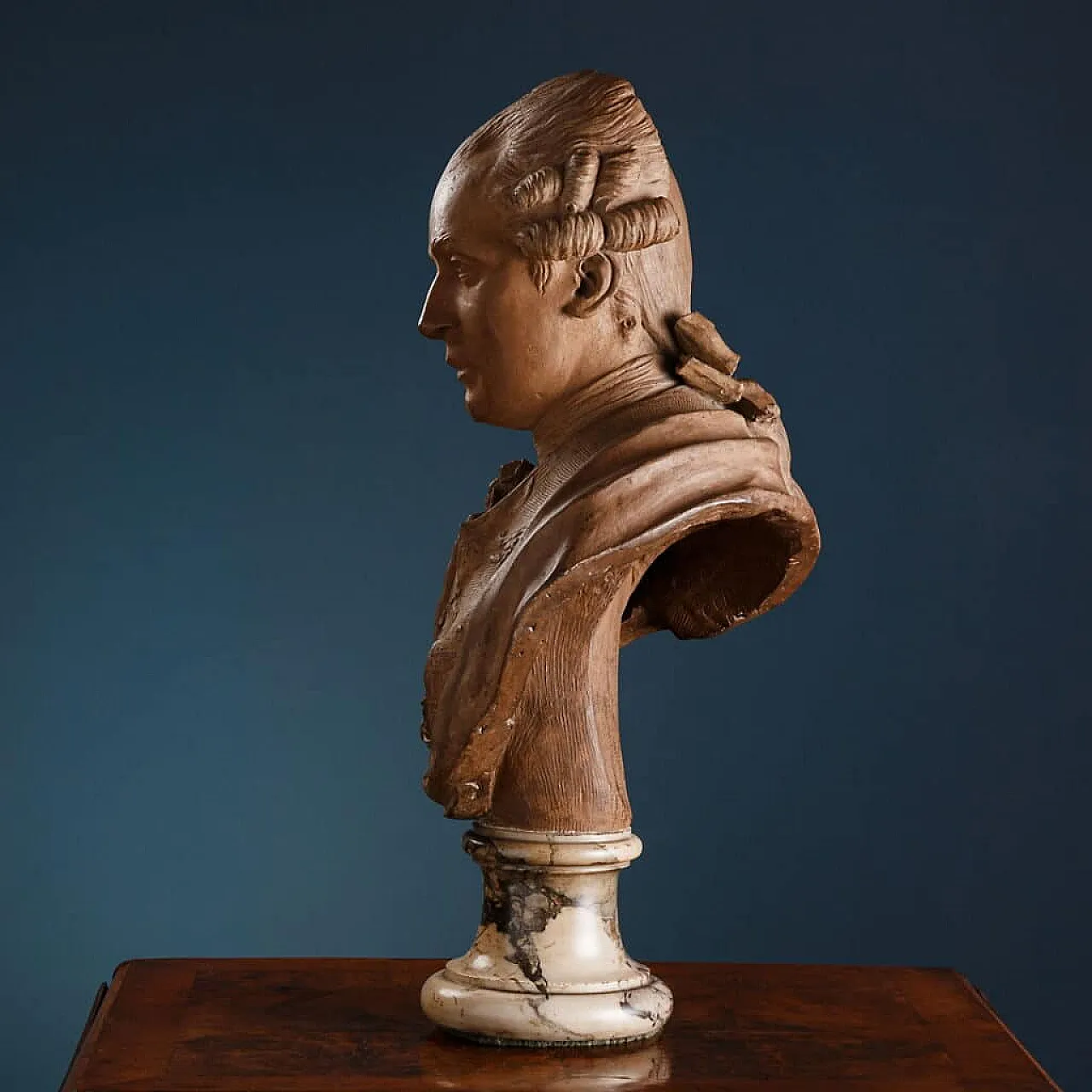
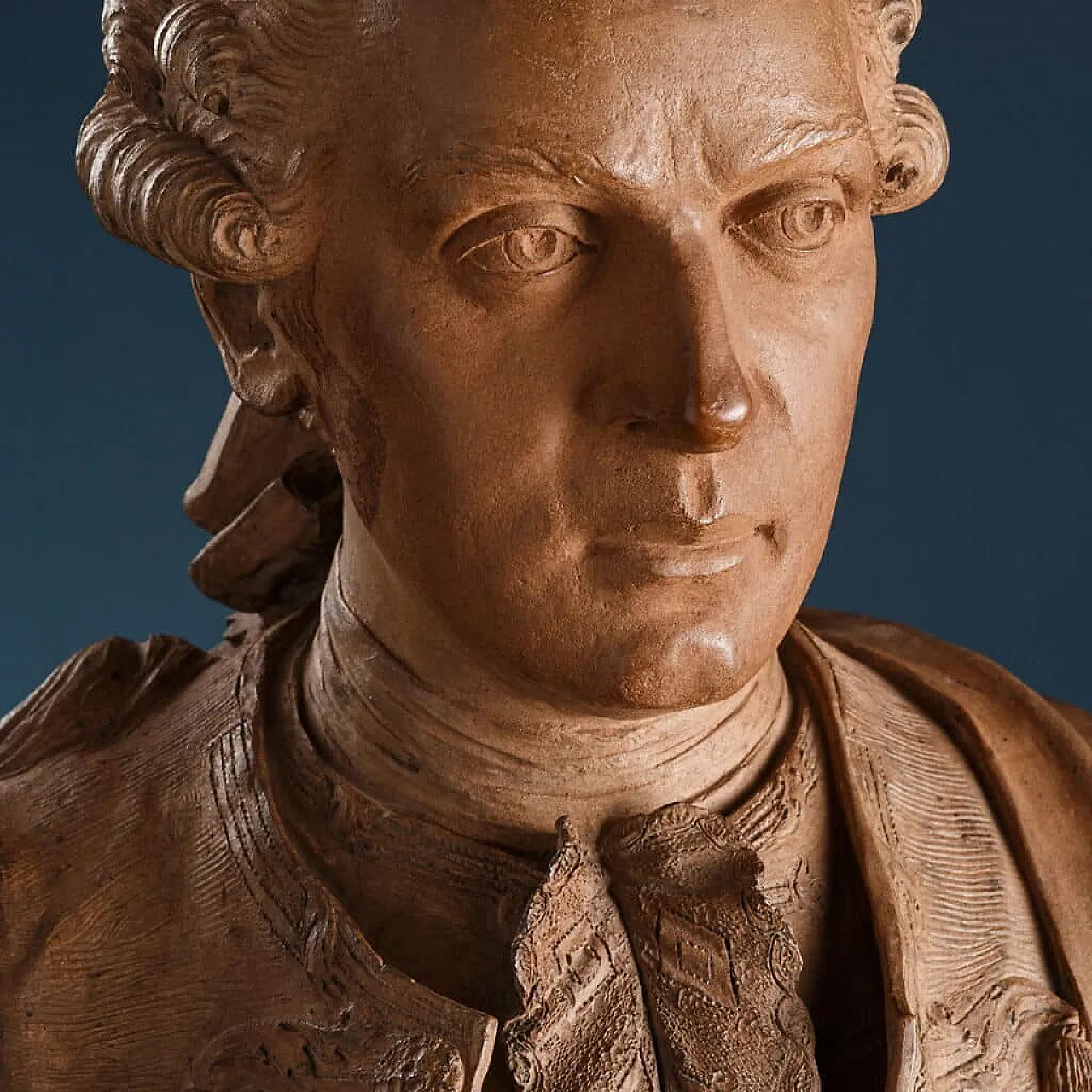
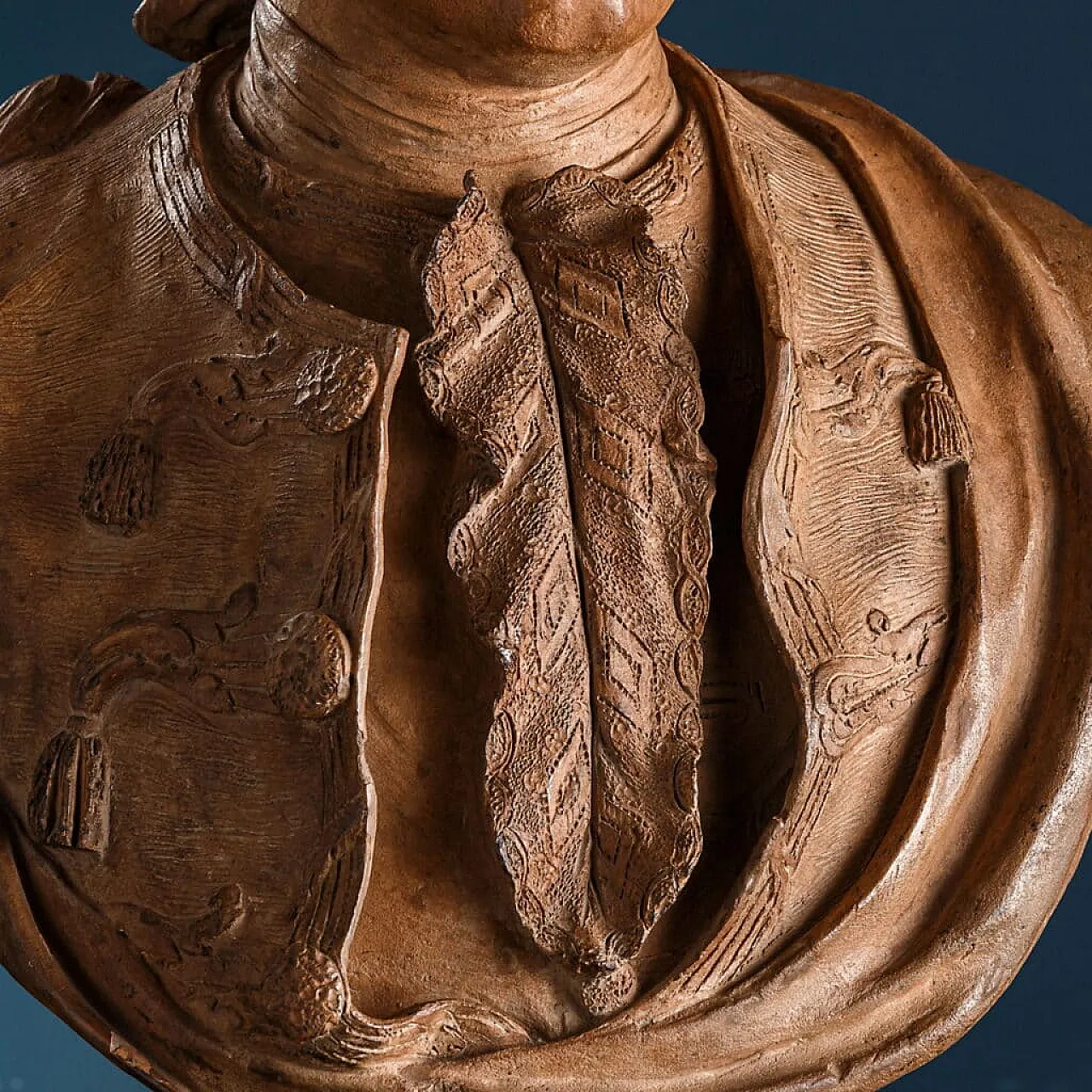
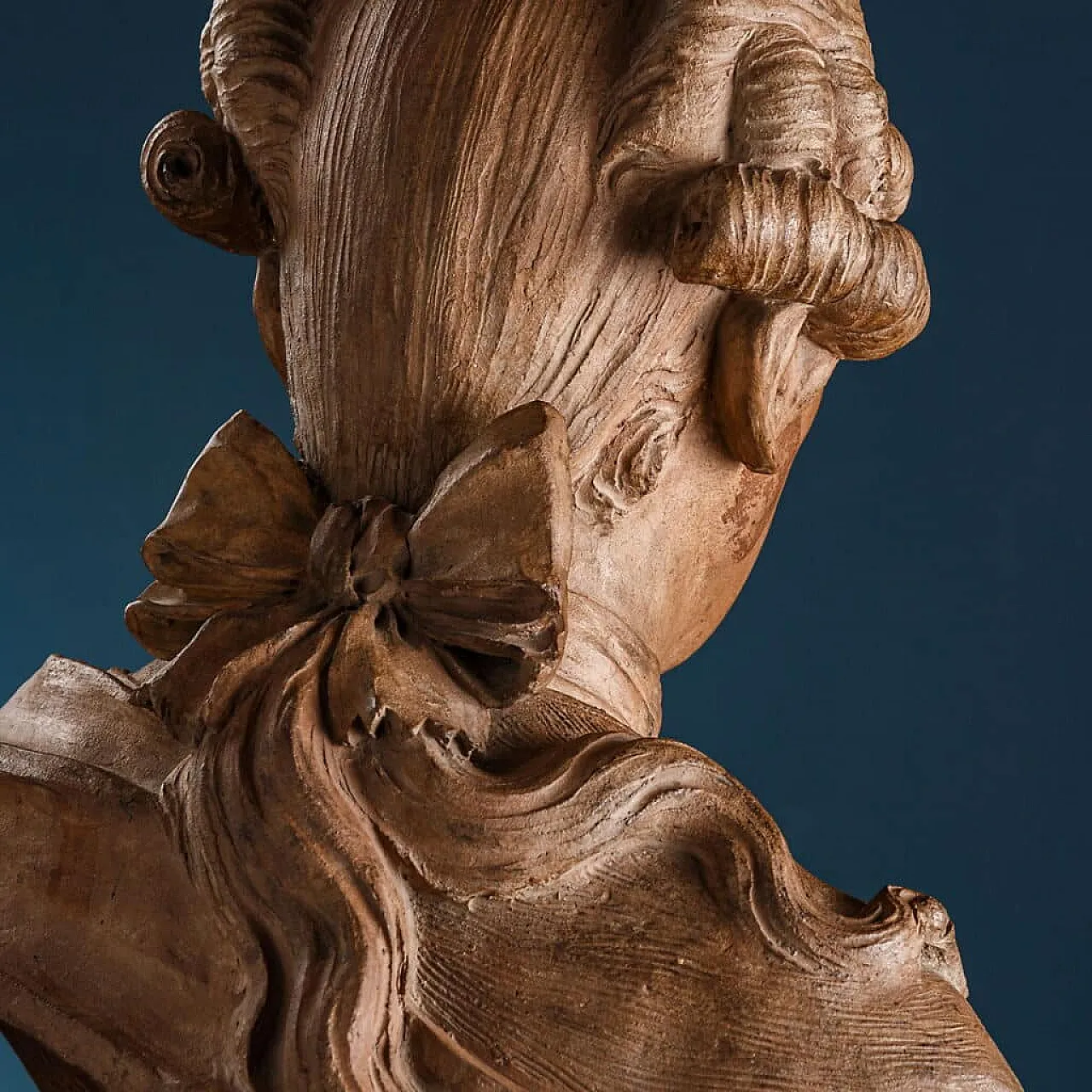
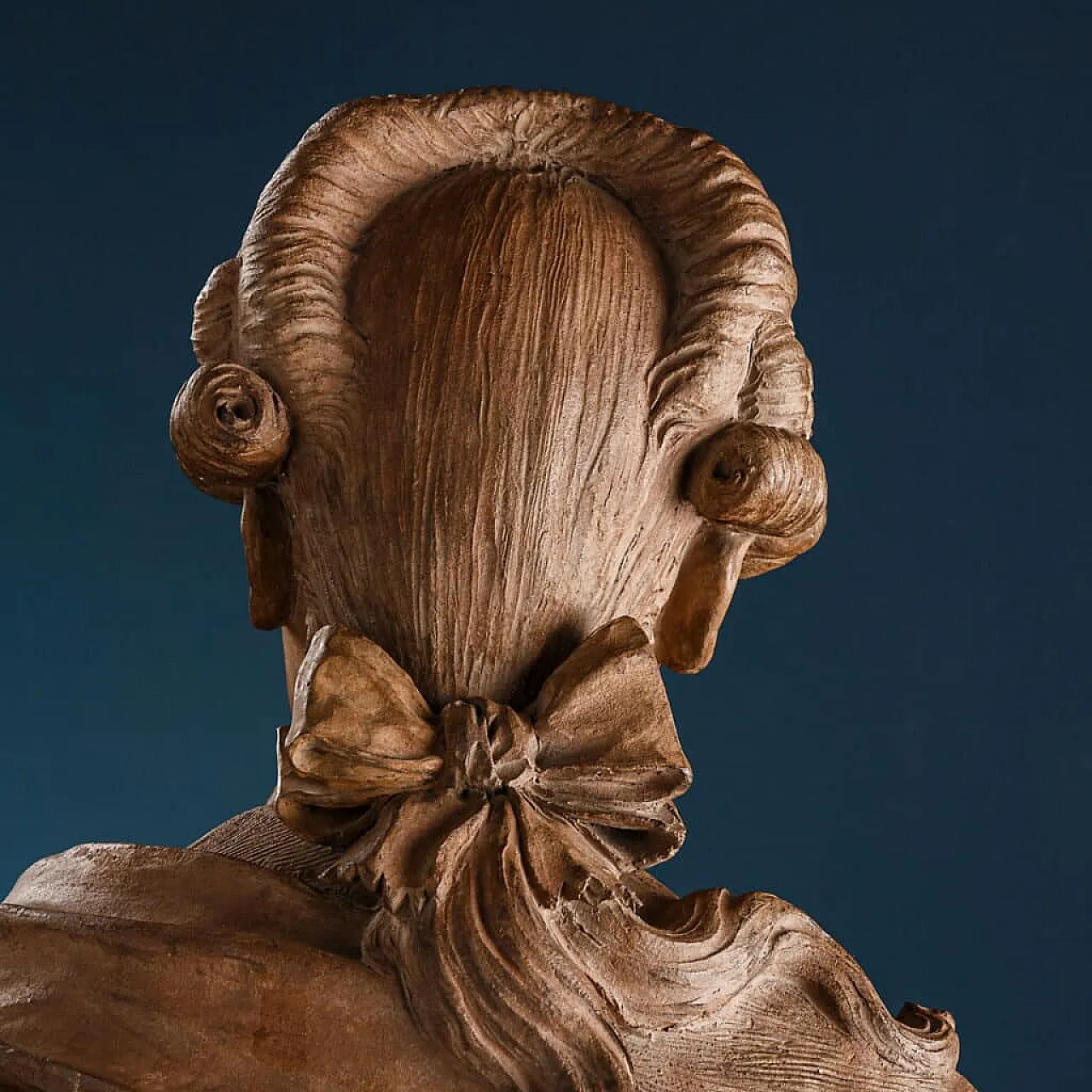
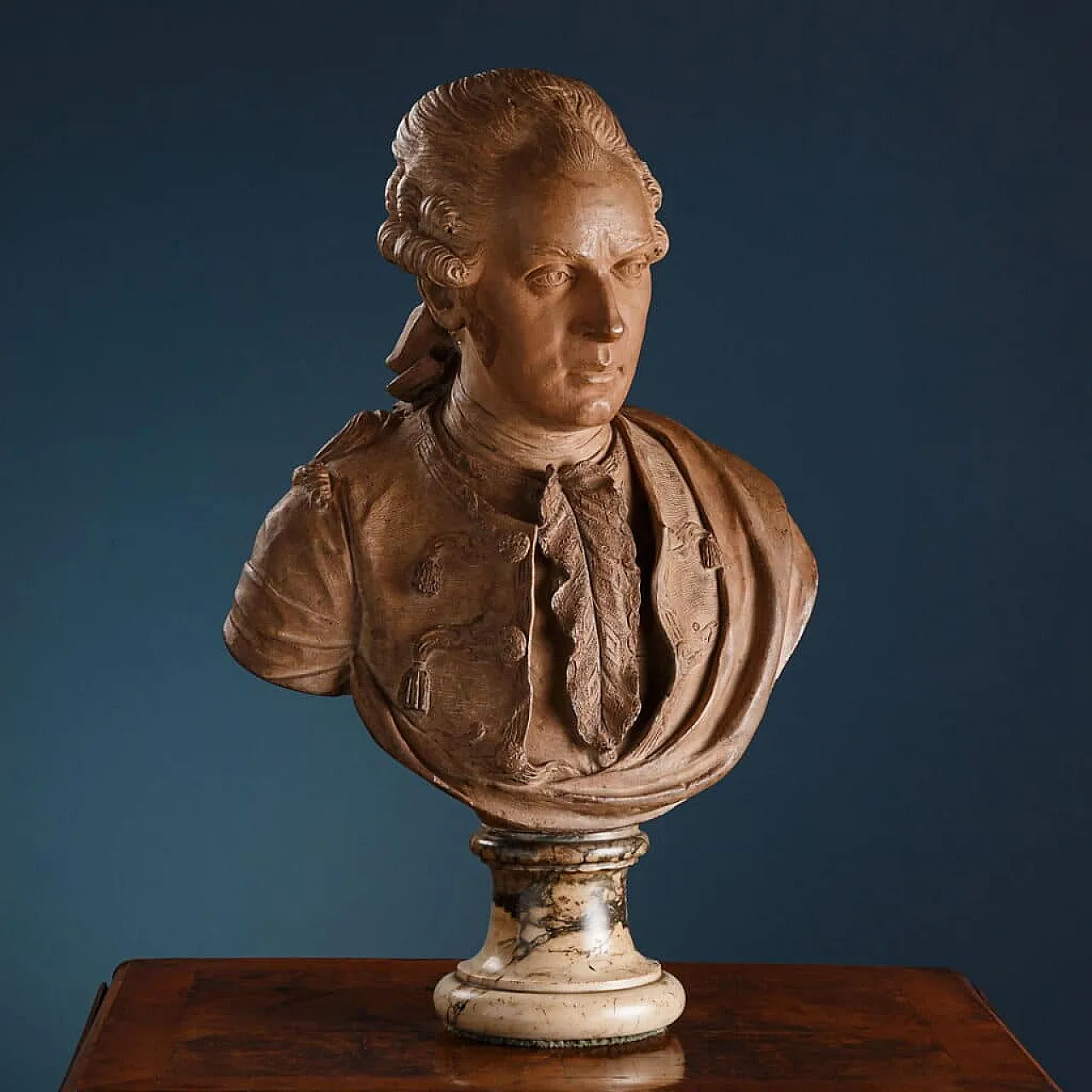
 PLATINUM Seller in Milano, Italy
PLATINUM Seller in Milano, Italy

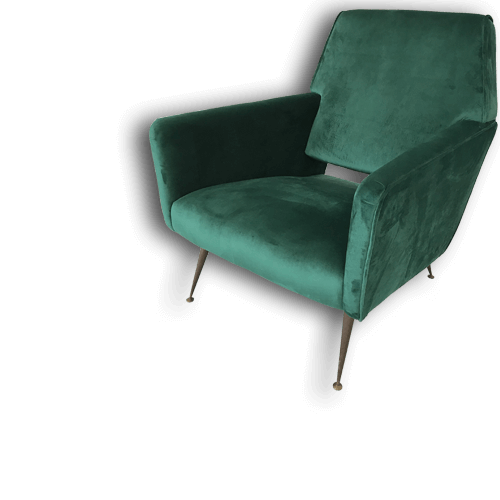



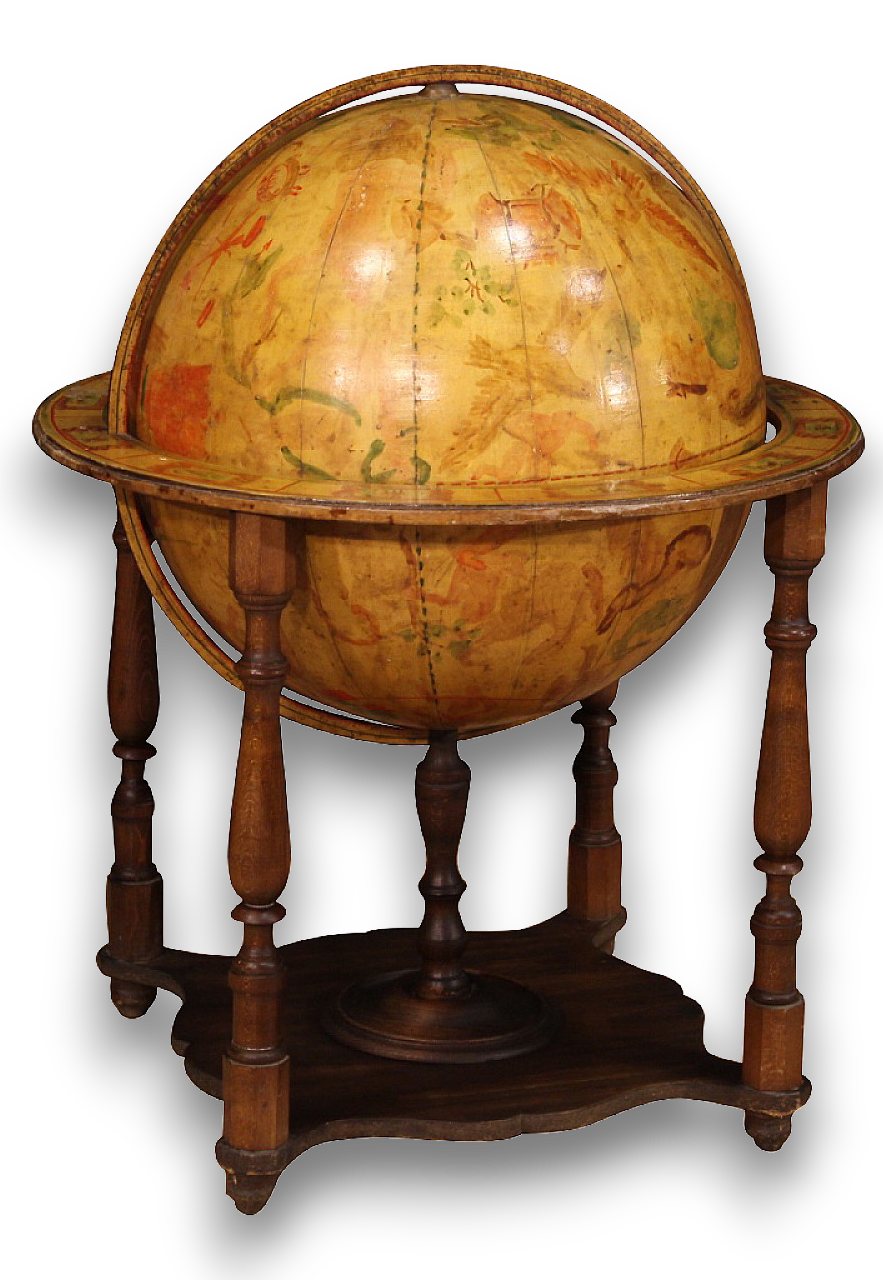
.png)

